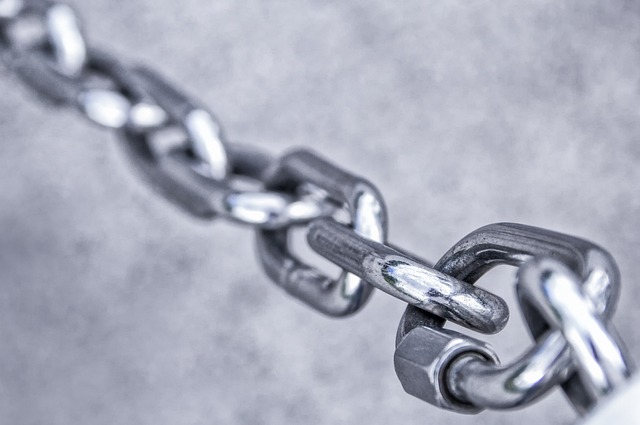
“The Ultimate Guide to Secure Mailing: Protecting Your Communications”
The Ultimate Guide to Secure Mailing: Protecting Your Communications
Introduction to Secure Mailing
In an age where our digital footprint often feels as if it’s etched in stone, the importance of secure mailing cannot be overstated. Whether for personal conversations or sensitive business communications, protecting our private messages has grown into a fundamental necessity. Cyber threats and data breaches lurk behind every corner, and without the right strategies, our communications can easily fall into the wrong hands.
Understanding the Risks
A multitude of risks poses a threat to our mailbox—hacking, phishing attempts, and even social engineering tactics are just a few examples. Imagine sending a sensitive document via email, only to find out weeks later that it has been intercepted. By understanding these risks, we can better prepare ourselves to shield our communications from potential breaches.
Best Practices for Secure Mailing
1. Use Encryption
One of the most effective ways to ensure secure mailing is through encryption. By transforming your messages into a format only authorized parties can read, encryption adds an essential layer of protection. Popular email services now offer built-in encryption options—make sure to leverage these features.
2. Choose Strong Passwords
Your email account is a gateway to countless connections and sensitive information. Protect it with a strong, unique password that combines letters, numbers, and special characters. Regularly changing your password can also help maintain security.
3. Enable Two-Factor Authentication
Two-factor authentication (2FA) is a robust way to enhance your security. By requiring an additional verification step—be it a code sent to your phone or an authentication app—you create an extra hurdle for unauthorized access.
4. Stay Aware of Phishing Scams
Phishing attacks can disguise themselves as legitimate messages. Always scrutinize the sender’s address and be cautious of unexpected attachments or links. If something seems off, it’s better to verify through an alternate communication channel before taking action.
Tools for Secure Mailing
Utilizing the right tools can significantly enhance your secure mailing practices. Consider using secure email services that prioritize privacy, such as ProtonMail or Tutanota. Additionally, tools like SecureDrop allow journalists to share information anonymously, reinforcing the importance of confidentiality in communications.
The Importance of Regularly Updating Software
Keeping your email clients and security software updated is vital for protection against vulnerabilities. Software companies routinely patch security holes; staying up to date ensures you don’t leave yourself exposed.
Educating Yourself and Others
Knowledge is power when it comes to secure mailing. Consider spreading awareness among your friends, family, and colleagues about secure practices. Organizing brief workshops or sharing articles could empower others to protect their information effectively.



